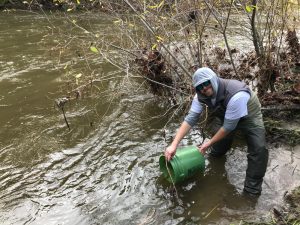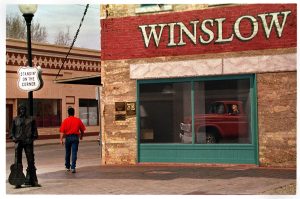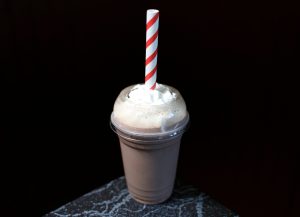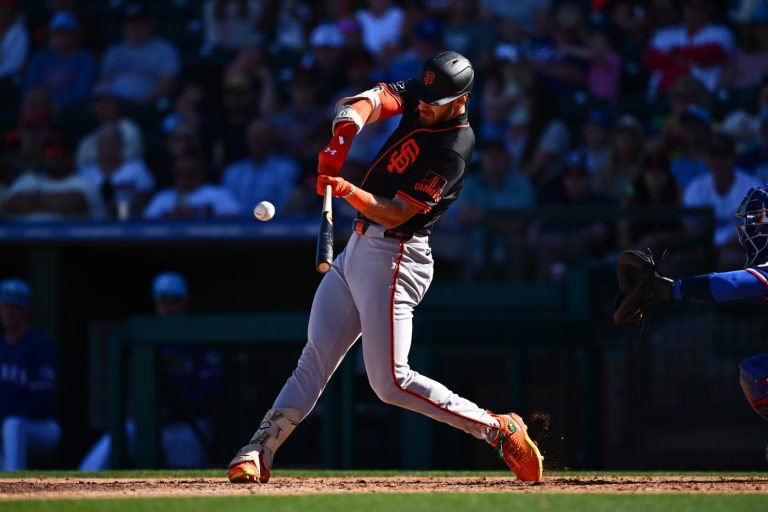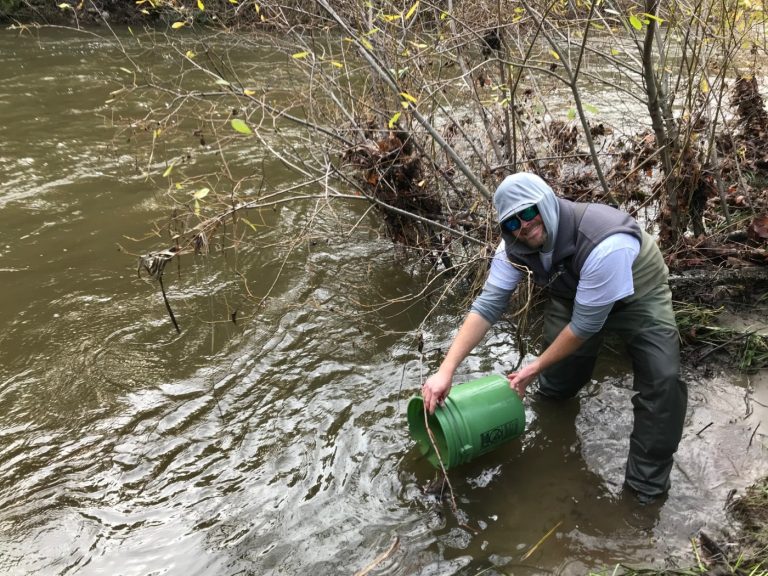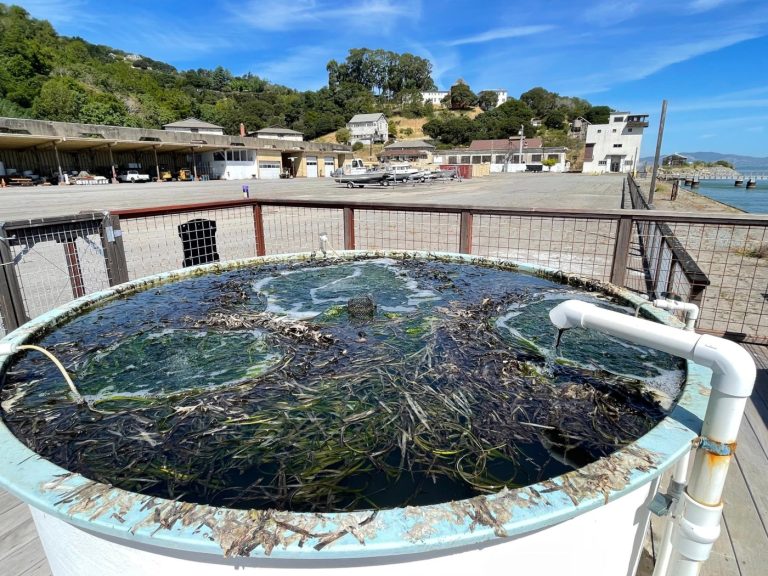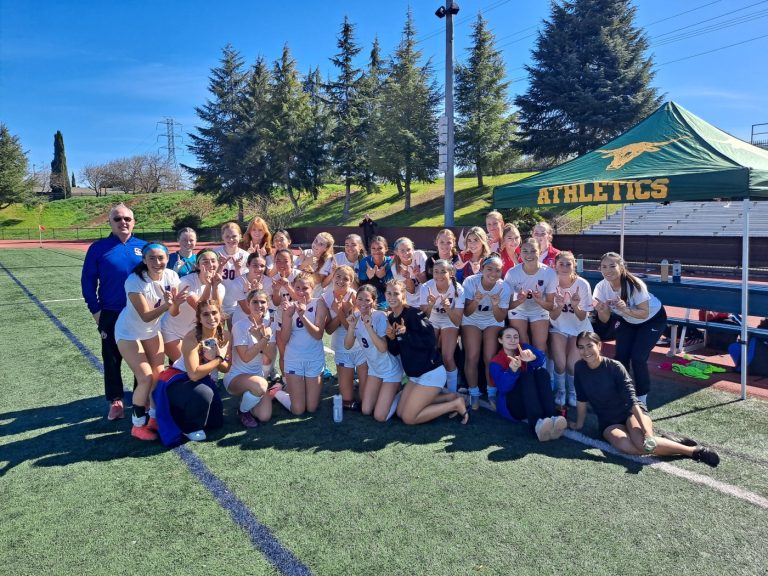Everyone headed up Interstate 80 to Lake Tahoe crosses the rolling Sierra Nevada foothills, but relatively few turn north from Auburn onto Highway 49 — the “Gold Rush Highway” — to visit the towns of Grass Valley and Nevada City. These charming towns are separated by just four miles but deeply connected by history.
These were Gold Rush towns, settled in a hurry in the mid-19th century, teeming with prospectors from around the world and soon riddled with mines. Much of the mining was of the hard-rock variety, and a flood of miners experienced in the method came from Cornwall, England, to tunnel underground. The Cornish connection is still evident, from Cornish Christmas celebrations in Grass Valley to the Cornish pasties, or hand pies, sold around town.
Not so evident are the literally hundreds of miles of mine shafts bored beneath the region. But there’s a way to get at least a small grip on the staggering history: Empire Mine State Historic Park, just outside Grass Valley, should be on every visitor’s “must do” list. It is, in a word, spectacular, with 856 acres of landscaped grounds, 14 miles of hiking and biking trails, picnic grounds,
historic buildings, gardens and exhibits —and of course, the mine itself.
The Empire “Cottage”, designed by Willis Polk, was constructed on the Bourn estate near Grass Valley in 1897. (Getty Images)
From 1869 to 1929, it was owned by San Francisco entrepreneur William Bowers Bourn, Sr. — the same family that owned Woodside’s spectacular Filoli estate. The Empire mine was the “oldest, deepest, richest,” the guides say, explaining that 5.8 million ounces of gold was extracted before it closed in 1956. A staggering 367 miles of tunnels, including mine shafts a mile deep (now flooded), were bored beneath the surface. Docent tours explore the history of the mine and estate and are well worth the time.
The restaurant at Nevada City’s National Hotel was named for Lola Montez. (Courtesy Kat Alves)
You can also visit the free visitor center to see the humongous scale model of the mine complex dating to 1938 and long kept secret. Learn more about the era at the North Star Mining Museum, where exhibits include a 30-foot Pelton wheel, the largest in the world in its time, along with a manskip that transported miners underground.
But back to the towns. You’ve gotta stay somewhere, and while there are a lot of choices, from motels and B&Bs to a glamping resort, the Victorian-era Holbrooke Hotel in Grass Valley and National Exchange in Nevada City are the standout choices.
These gorgeously restored historic properties boast high-ceilinged guest rooms furnished in period style, architectural highlights to delight and memorable bars and restaurants. Over the last century, they have hosted a long string of famous people, from U.S. presidents — Ulysses S. Grant, Grover Cleveland, Benjamin Harrison — to Mark Twain.
The Victorian-era Holbrooke Hotel opened in Grass Valley in 1852. (Courtesy Kat Alves)
A pair of women also made their mark. Emma Nevada, born in 1859 in a mining camp near Nevada City, started singing at age 5 and was sent to Oakland to study music and language. Rising fame brought her to Europe, where she began to sing in the operatic style, taking “Nevada” as her stage name, after her hometown.
The internationally famous singer and dancer Lola Montez was as famous for her many love affairs as for her risque “Spider Dance,” which was similar to the tarantella of Southern Italy. Montez lived in Grass Valley for just two years, 1853-55, but made a lasting mark. She was known for the salons she hosted and for eccentricities such as having a bear tethered to the porch of her cottage. That cottage at 248 Mill St. is now a historical landmark. And the beautiful Lola restaurant in the National Exchange is, of course, named for her.
There’s more to these towns than rich Gold Rush history. Today, they’re renowned for their cultural
sides. A recent restoration of Nevada City’s Nevada Theatre, which opened in 1865, included gorgeous, floor-to-ceiling murals painted by artist Sarah Coleman. The venue, said to be the oldest continuously operating theater on the West Coast, supports the local arts with drama, comedy, music and other performances. Grass Valley’s Center for the Arts, meanwhile, sponsors many big-name touring acts that stop here midweek on their way to San Francisco, Sacramento or beyond.
The Victorian-era Holbrooke Hotel opened in Grass Valley in 1852. (Courtesy Kat Alves)
Both towns thrive on special events, from farmers markets and Summer Nights events to holiday celebrations, including Nevada City’s five-day Victorian Christmas and Grass Valley’s Cornish Christmas, held on Friday evenings from Nov. 24 to Dec. 24 as a tribute to the Cornish miners who helped found the town.
Grass Valley’s Christmas festivities this December, including his Cornish Christmas events, center on Mill Street. (Courtesy of the Grass Valley Downtown Association)
At the Golden Gate bar at the Holbrooke and the National Bar at the National, delightful, free Celtic music sessions are staged regularly. There are Wild West Wednesdays, Music Mondays and the occasional drag brunch at the National, too.
And there’s so much more. A sampling:
Stroll around the towns’ historic districts, take a ride in a horse-drawn carriage and ogle the period costumes worn by locals on weekends and during holiday celebrations, browse the boutiques and explore the restaurants, coffeehouses, tap and tasting rooms.
Don’t miss a meal at the BrewHaus a block from the National. It’ a vibrant spot with an always packed outdoor patio, local beer and a yummy menu.
If you’re an outdoorsy person, the “things to do” list is endless. Start with a visit to the South Yuba River State Park in nearby Bridgeport to see, photograph and walk across the longest remaining single-span wooden covered bridge in the country. Built in 1862 and measuring 226 feet long, the recently renovated span is also the gateway to hiking trails and several idyllic swimming holes and beaches on the Yuba. (Wear a life jacket, as the water is cold and can be swift.)
If you visit in spring, the Crystal Hermitage tulip gardens at Ananda, a meditation and retreat center, at the end of a long and winding road will inspire awe.
And if you visit in the fall, Nevada City stands out as a prime destination for autumn color. Pick up a self-guided tour map, with 15 curated destinations, at a visitor center in town.
If You Go
Empire Mine State Historic Park: Admission to the grounds is $5 for adults and kids, ages 6 and up. Open from 10 a.m. to 5 p.m. from March 1 through Oct. 31 and until 4 p.m. Nov. 1-Feb. 28 at 10791 E. Empire St. in Grass Valley. Find details on the park and tours of the grounds and mineyard at www.parks.ca.gov.
Related Articles
After peaking in May, Lake Oroville levels trickling back down
Explore the California spot serving up weed country fun the wine country way
Where to find California’s most gorgeous, loneliest beaches
Can you drive up to 9,945 feet? Yosemite’s famed high country Tioga Road just reopened
Happy Wanderer: Yountville one of the finest Napa wine country towns
North Star Mining Museum: Open from noon to 4 p.m. Wednesday-Sunday from May through October and by appointment during the rest of the year. 933 Allison Ranch Road, Grass Valley; https://nevadacountyhistory.org
Holbrooke Hotel: Rooms start at $170. 212 W. Main St., Grass Valley; https://holbrooke.com
National Hotel: Rooms start at $211. 211 Broad St., Nevada City; www.thenationalexchangehotel.com.
The restaurant at Nevada City’s National Hotel was named for Lola Montez. (Courtesy Kat Alves)
Nevada Theater: Check out upcoming events and glimpse the renovation and gorgeous murals at https://nevadatheatre.com/. Find the theater at 401 Broad St. in Nevada City.
Center for the Arts: Check out the schedule of events at https://thecenterforthearts.org/. Find the theater at 314 W. Main St. in Grass Valley.
BrewHaus: 300 Spring St. in Nevada City; www.brewbiltbrewhaus.com/
For more travel coverage in the Bay Area and beyond, follow us on Flipboard.



